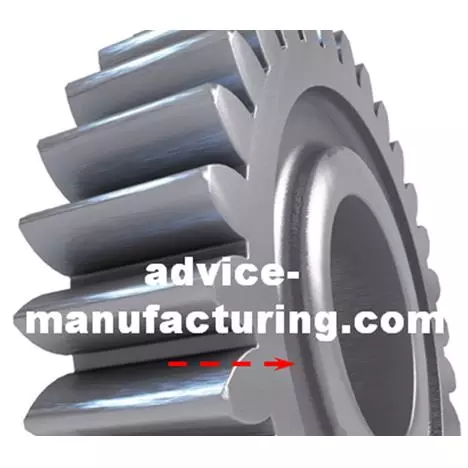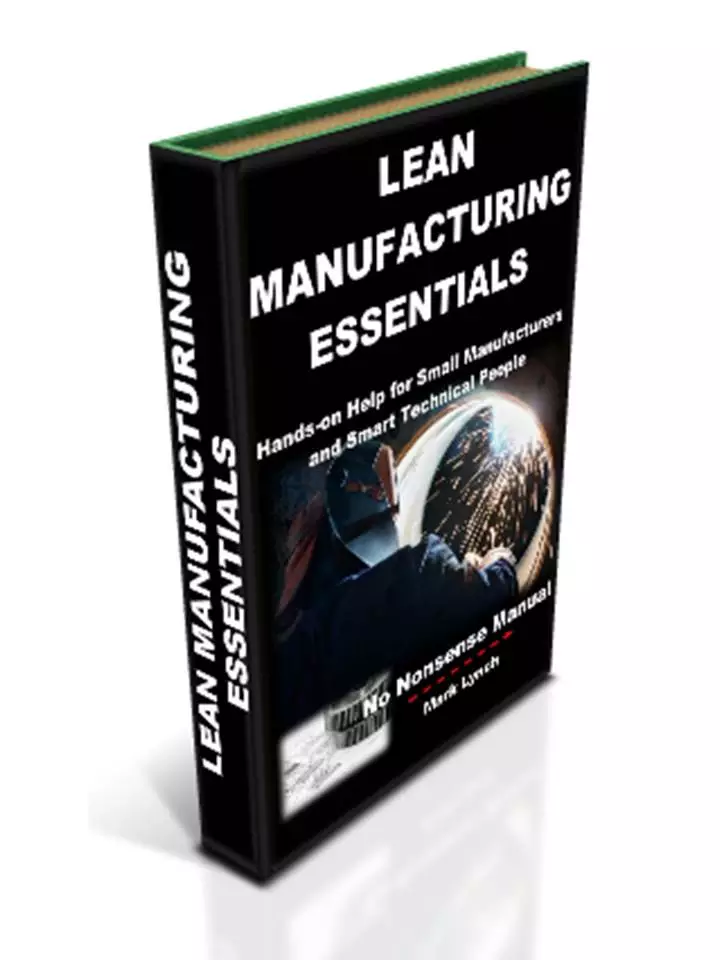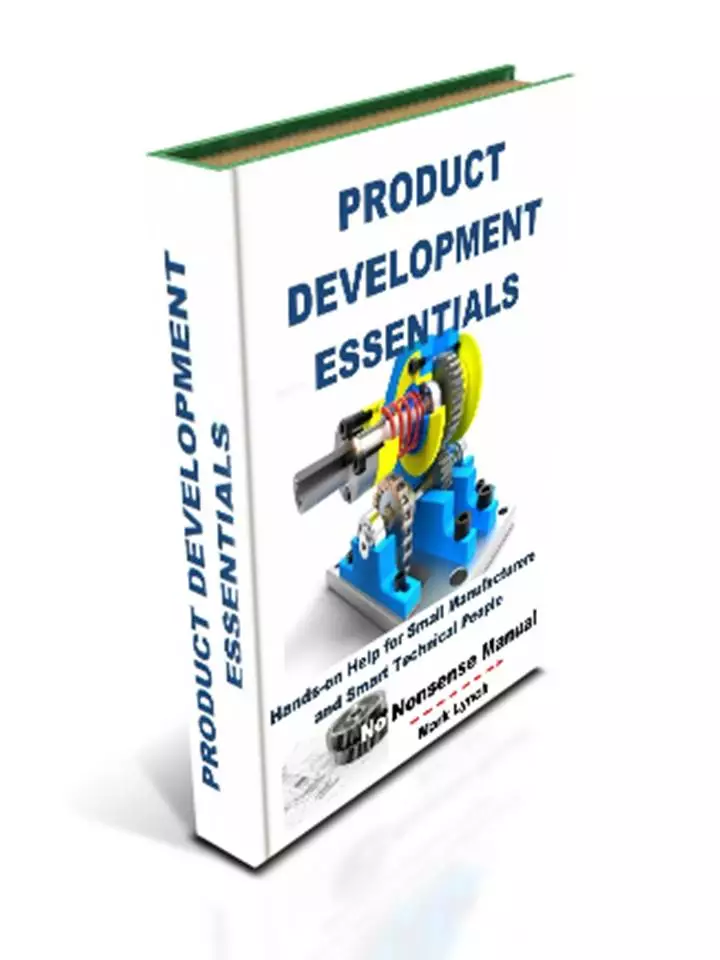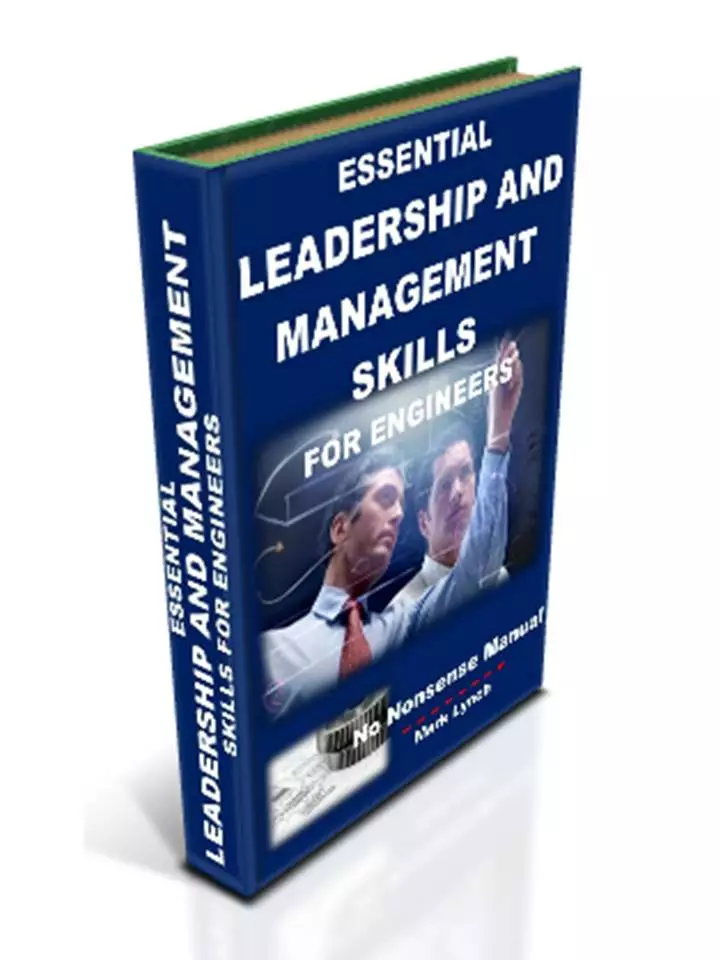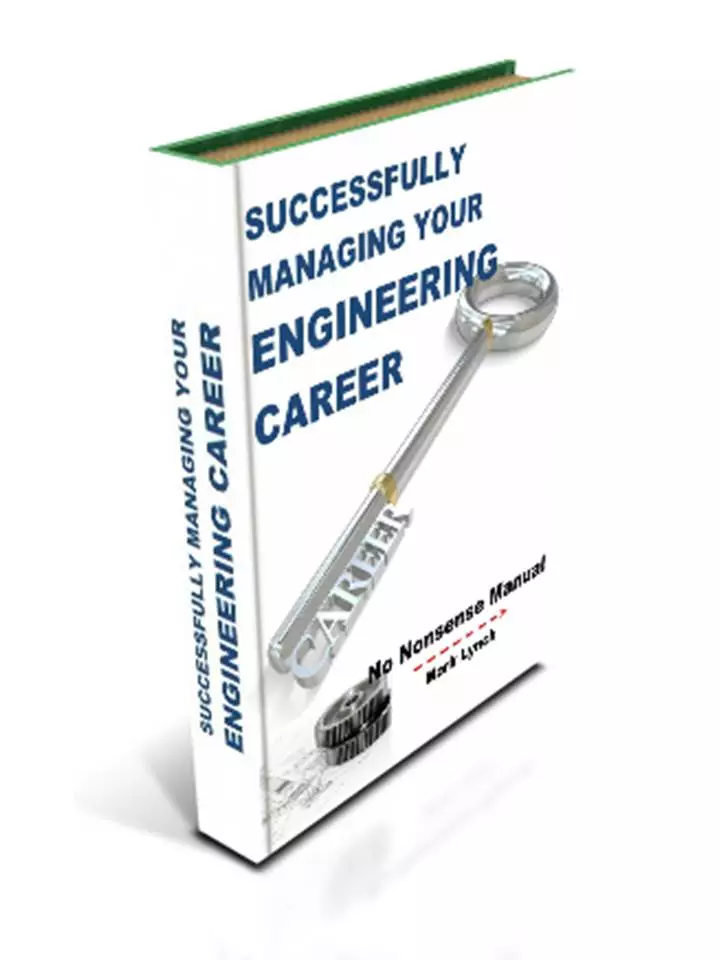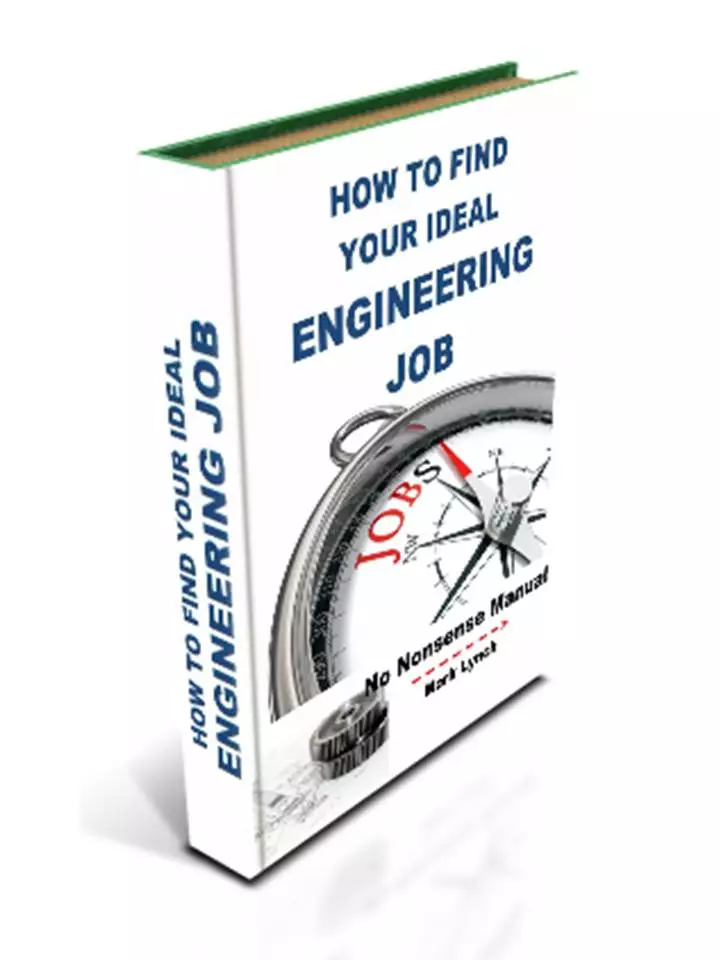'Hands-on Help for SMEs' and Smart Technical People'
Making it Happen:
Lean Manufacturing Action Plans 2
Lean Manufacturing Action Plans 2, continued from part 1...
8
Encouraging the right culture
In addition to the tools and techniques, successful lean implementation requires the right culture and attitude. Lean is very much about learning. The lean leader should support, guide and encourage others in the organisation. Key individuals can benefit from training, before passing on skills and knowledge to others within the business. Lean managers should lead by example in their deeds and behaviour. Frequent Gemba walks encourage employee interaction between staff and managers. They also facilitate communication, assist problem solving, help understand the issues and boost trust. Listening, teaching, demonstrating and supporting are all behaviours to be encouraged.
Include lean on team meeting agendas. Lean information should be readily available on noticeboards, on the business IT network and in standard operating instructions. Be willing to tailor techniques to your circumstances. An open mind and a positive attitude are strongly encouraged.
9
The Importance of Communication
Clear communication and messaging should be considered throughout lean manufacturing roll out. Employees should be engaged early. Concentrate on the benefits for them personally, as well as for the business, to gain their commitment. Get them involved and tackle cynicism early on with 1-2-1 conversations and thorough explanations, stressing the importance and advantages of a positive and patient attitude. Provide lean updates both verbally in team meetings, as well as on performance display boards by workstations.
Management by sight is the preferred lean manufacturing management style. Include within this visual information on notice boards using colour and diagrams. Clocks and timers remind all of the need to reduce lead-times and the waste of waiting - important elements of lean. Include lean issues in meeting agendas and newsletters. Use Gemba walks to verbally engage all staff and communicate issues on a personal level. Gemba walks also provide an opportunity to guide, support and praise staff, recognizing their contribution. Bring order and control to your processes with standard operating procedures, which make use of flow diagrams, images and (possibly) CAD data.
10
Supplier and Customer Involvement
Improved communication to suppliers should be encouraged. Just-in-time, Kanban and reduced inventory initiatives require greater supplier collaboration. More frequent supply of smaller batch sizes reduces stock and money tied up in inventory. Strong supplier partnerships are the basis of reduced defects, increased quality and better trust. Seek feedback from customers to continually improve. Identify what they want and what they find problematic. Use surveys and verbal feedback to drive and steer Kaizen activities.
11
Successfully Answering the ‘Buy v Make’ Question
Should you, as a small manufacturer, make something in-house or buy it in from an external source? Successfully answering this question is central to cutting out non-value added activities and therefore focussing on making the most efficient use of your resources. Guidance exists to help make the right call. Considerations include total costs, available capacity, delivery lead-times and retaining strategically important skills and knowledge. Assess how you feel about suppliers. Do their values match yours? Carefully evaluate companies you are considering outsourcing to. To do this, use experienced employees within your business, research the track records of the firms and undertake supplier visits.
12
Automation and Robotics: Big Benefits through Modernisation
Are you aware of how automation and robotics can significantly improve production for you? Many benefits of Lean and automation are identical including greater productivity and quality, together with lower costs. Additional advantages include the ability to handle large, heavy or hazardous items, as well as better use of floor space and freeing employees up to concentrate on more stimulating, value-added tasks. You don’t have to reinvent the wheel – plenty of proven automation and robotic application have been developed and implemented to solve known problems. Customerisation is common and enables readily available solutions to be tailored to your specific circumstances.
If you are operating in a relatively high cost economy, competing on low employee costs is not an option. Instead investment in advanced manufacturing enables you to compete on superior quality, specialised processes and greater precision. The issue is small manufacturers, quite understandably, often do not have the awareness and therefore confidence to make the leap and invest in automation and robotic equipment to improve their processes. Working with an automation supplier or partner is the best way to ensure a favourable return on investment. What’s more, the cost of automation and robotics is decreasing as it is used in more and more industry sectors.
13
Kaizen – Continuous Improvement
Never be content and refuse to accept things are as good as they can be. Always aim to continue improving, in every process. Encourage good ideas for 7 waste reduction and problem solving from all your staff. Use external stakeholder feedback, like suppliers and customers, as a basis for areas to improve. Make 5S routine so both the appearance and the orderly function of the shop floor and other work areas never revert back to how they were before. Consider the idea of the shop floor as a show room – to demonstrate your excellence and impress suppliers, customers and other guests.
There are a range of continuous improvement questions you could potentially ask yourself and your colleagues; Can you improve the speed of your processes? What quality issues do you have? How can they best be eliminated? What about fitting, assembly, change-over and maintenance tasks? Are they as slick and as quick as they could be? Would additional training or more detailed instructions assist you in any way? Can technology and a better supply of digital information help you? What are your competitors doing? Are there methods and processes used in other industry sectors that could potentially benefit you?
Final Words...
Lean manufacturing demands you continue to strive for excellence and never become complacent. On your journey remember to celebrate successes, feel pride in your achievements and ultimately reap the benefits, least of all greater profitability.
Lean Manufacturing Action Plans
Back to Lean Manufacturing Essentials
